 | ||
What is a higgs boson
In quantum mechanics, a boson (/ˈboʊsɒn/, /ˈboʊzɒn/) is a particle that follows Bose–Einstein statistics. Bosons make up one of the two classes of particles, the other being fermions. The name boson was coined by Paul Dirac to commemorate the contribution of the Indian physicist Satyendra Nath Bose in developing, with Einstein, Bose–Einstein statistics—which theorizes the characteristics of elementary particles. Examples of bosons include fundamental particles such as photons, gluons, and W and Z bosons (the four force-carrying gauge bosons of the Standard Model), the recently discovered Higgs boson, and the hypothetical graviton of quantum gravity; composite particles (e.g. mesons and stable nuclei of even mass number such as deuterium (with one proton and one neutron, mass number = 2), helium-4, or lead-208); and some quasiparticles (e.g. Cooper pairs, plasmons, and phonons).
Contents
- What is a higgs boson
- Boson 4 0 400 gaming pc build 2017
- Types
- Properties
- Elementary bosons
- Composite bosons
- To which states can bosons crowd
- References
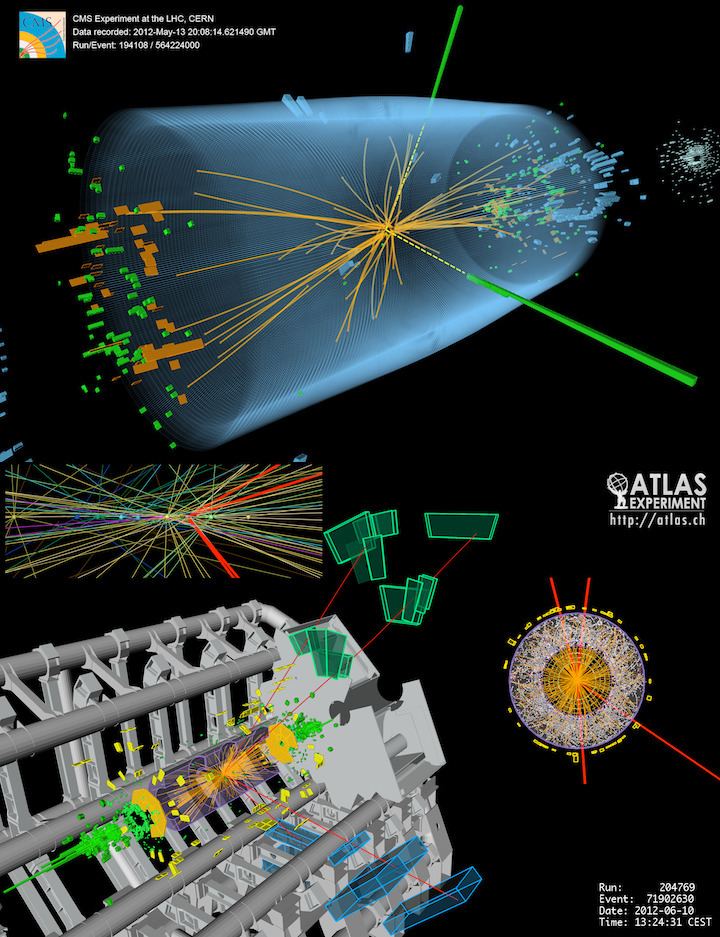
An important characteristic of bosons is that their statistics do not restrict the number of them that occupy the same quantum state. This property is exemplified by helium-4 when it is cooled to become a superfluid. Unlike bosons, two identical fermions cannot occupy the same quantum space. Whereas the elementary particles that make up matter (i.e. leptons and quarks) are fermions, the elementary bosons are force carriers that function as the 'glue' holding matter together. This property holds for all particles with integer spin (s = 0, 1, 2, etc.) as a consequence of the spin–statistics theorem. When a gas of Bose particles is cooled down to temperatures very close to absolute zero then the kinetic energy of the particles decreases to a negligible amount and they condense into a lowest energy level state. This state is called Bose-Einstein condensation. It is believed that this property is the explanation of superfluidity.
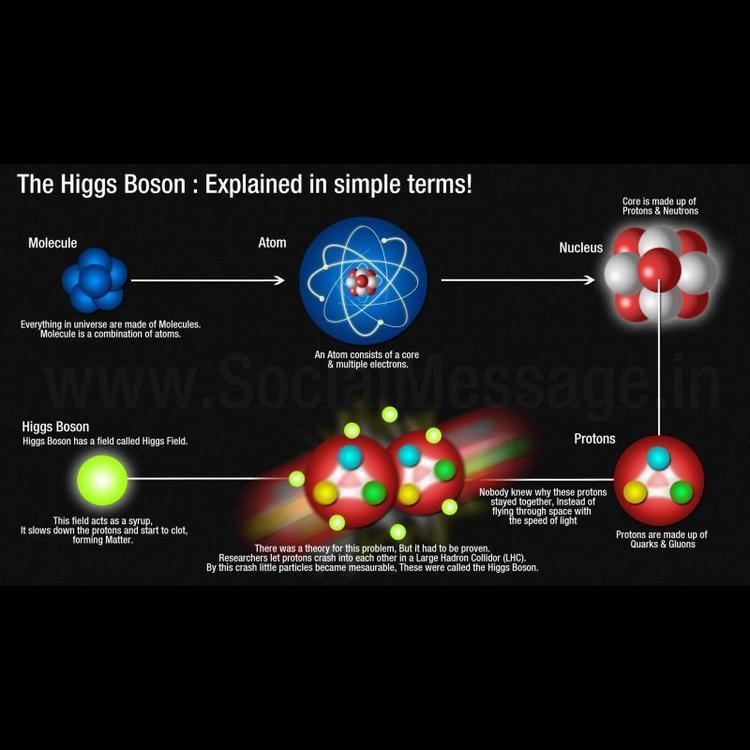
Boson 4 0 400 gaming pc build 2017
Types
Bosons may be either elementary, like photons, or composite, like mesons.
While most bosons are composite particles, in the Standard Model there are five bosons which are elementary:
γ
·
g
·
Z
·
W±
)
H0
))
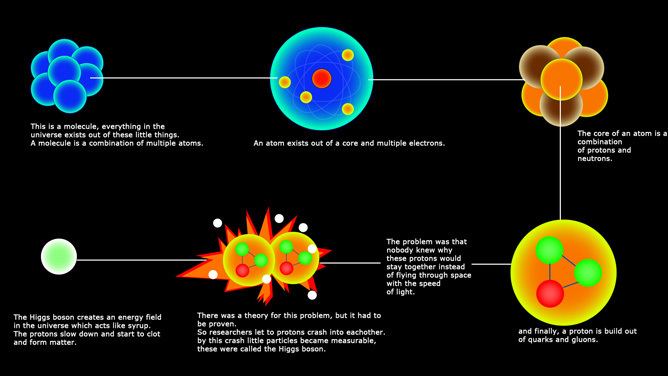
Additionally, the graviton (G) is a hypothetical elementary particle not incorporated in the Standard Model. If it exists, a graviton must be a boson, and could conceivably be a gauge boson.
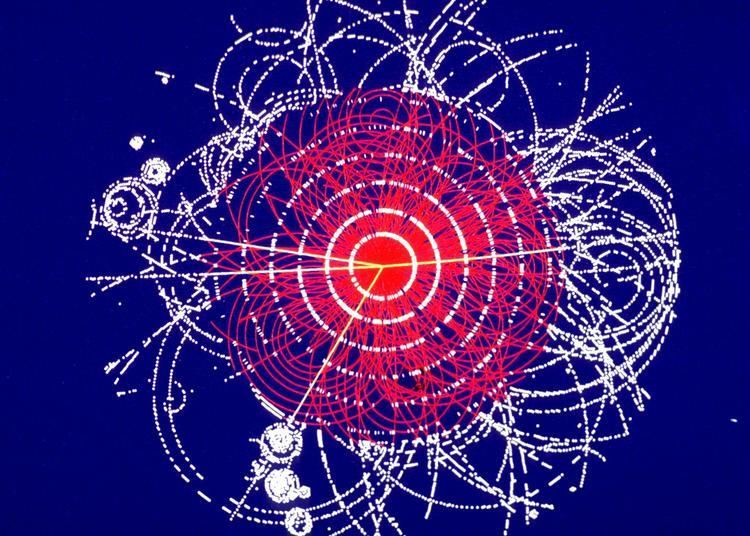
Composite bosons are important in superfluidity and other applications of Bose–Einstein condensates. When a gas of Bose particles is cooled to temperatures very close to absolute zero, then its kinetic energy decreases down to a negligible amount and the particles condense into the lowest energy state. This phenomenon is known as Bose-Einstein condensation and it is believed that this phenomenon is the secret behind superfluidity of liquids.
Properties
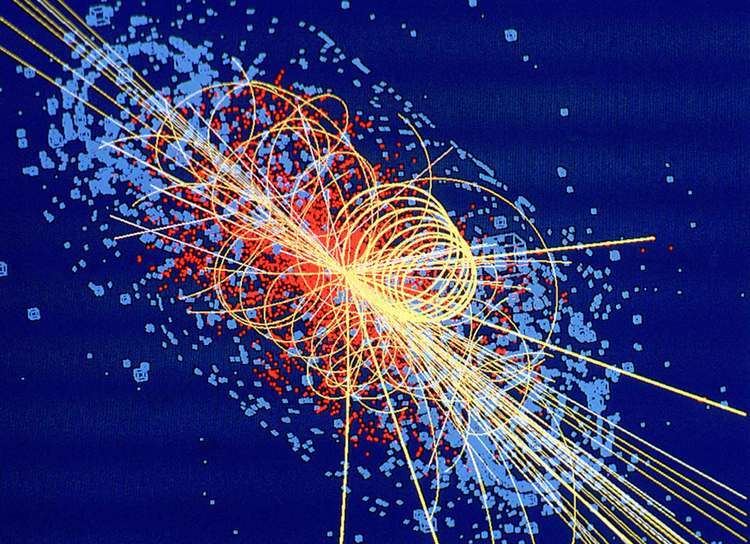
Bosons differ from fermions, which obey Fermi–Dirac statistics. Two or more identical fermions cannot occupy the same quantum state (see Pauli exclusion principle).

Since bosons with the same energy can occupy the same place in space, bosons are often force carrier particles. Fermions are usually associated with matter (although in quantum mechanics the distinction between the two concepts is not clear cut)
Bosons are particles which obey Bose–Einstein statistics: when one swaps two bosons (of the same species), the wavefunction of the system is unchanged. Fermions, on the other hand, obey Fermi–Dirac statistics and the Pauli exclusion principle: two fermions cannot occupy the same quantum state, accounting for the "rigidity" or "stiffness" of matter which includes fermions. Thus fermions are sometimes said to be the constituents of matter, while bosons are said to be the particles that transmit interactions (force carriers), or the constituents of radiation. The quantum fields of bosons are bosonic fields, obeying canonical commutation relations.
The properties of lasers and masers, superfluid helium-4 and Bose–Einstein condensates are all consequences of statistics of bosons. Another result is that the spectrum of a photon gas in thermal equilibrium is a Planck spectrum, one example of which is black-body radiation; another is the thermal radiation of the opaque early Universe seen today as microwave background radiation. Interactions between elementary particles are called fundamental interactions. The fundamental interactions of virtual bosons with real particles result in all forces we know.
All known elementary and composite particles are bosons or fermions, depending on their spin: particles with half-integer spin are fermions; particles with integer spin are bosons. In the framework of nonrelativistic quantum mechanics, this is a purely empirical observation. However, in relativistic quantum field theory, the spin–statistics theorem shows that half-integer spin particles cannot be bosons and integer spin particles cannot be fermions.
In large systems, the difference between bosonic and fermionic statistics is only apparent at large densities—when their wave functions overlap. At low densities, both types of statistics are well approximated by Maxwell–Boltzmann statistics, which is described by classical mechanics.
Elementary bosons
All observed elementary particles are either fermions or bosons. The observed elementary bosons are all gauge bosons: photons, W and Z bosons, gluons, except the Higgs boson which is a scalar boson.
Finally, many approaches to quantum gravity postulate a force carrier for gravity, the graviton, which is a boson of spin plus or minus two.
Composite bosons
Composite particles (such as hadrons, nuclei, and atoms) can be bosons or fermions depending on their constituents. More precisely, because of the relation between spin and statistics, a particle containing an even number of fermions is a boson, since it has integer spin.
Examples include the following:
The number of bosons within a composite particle made up of simple particles bound with a potential has no effect on whether it is a boson or a fermion.
To which states can bosons crowd?
Bose–Einstein statistics encourages identical bosons to crowd into one quantum state, but not any state is necessarily convenient for it. Aside of statistics, bosons can interact – for example, helium-4 atoms are repulsed by intermolecular force on a very close approach, and if one hypothesizes their condensation in a spatially-localized state, then gains from the statistics cannot overcome a prohibitive force potential. A spatially-delocalized state (i.e. with low | ψ(x) |) is preferable: if the number density of the condensate is about the same as in ordinary liquid or solid state, then the repulsive potential for the N-particle condensate in such state can be no higher than for a liquid or a crystalline lattice of the same N particles described without quantum statistics. Thus, Bose–Einstein statistics for a material particle is not a mechanism to bypass physical restrictions on the density of the corresponding substance, and superfluid liquid helium has the density comparable to the density of ordinary liquid matter. Spatially-delocalized states also permit for a low momentum according to uncertainty principle, hence for low kinetic energy; this is why superfluidity and superconductivity are usually observed in low temperatures.
Photons do not interact with themselves and hence do not experience this difference in states where to crowd (see squeezed coherent state).
